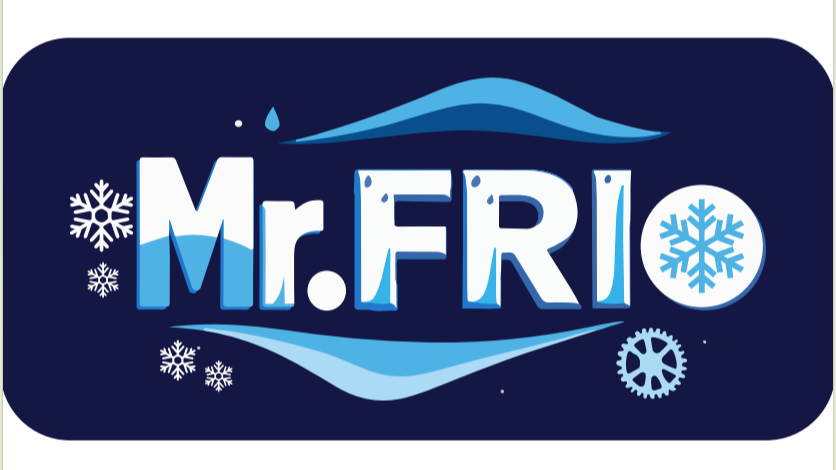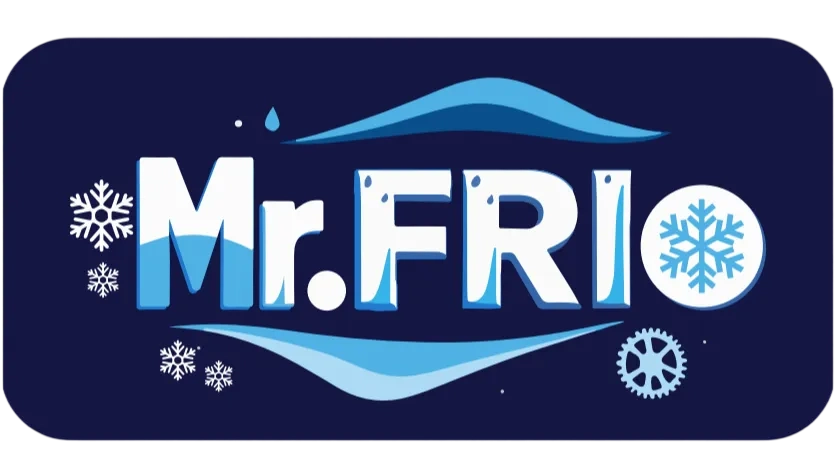Enhancing Commercial Kitchen Efficiency with Blast Chillers
Streamlining large-scale food preparation and storage through rapid cooling
Blast chillers really boost efficiency in large catering setups because they cut down on food cooling time by about 70% when compared with regular fridge methods according to Worldchefs research from 2023. A good blast chiller can bring hot food down from around 70 degrees Celsius all the way to just 3 degrees within 90 minutes flat. That means kitchen staff can get through roughly half again as many meals each day without needing extra storage room. What makes these machines so valuable is how they keep different types of food separate during cooling. The controlled temperature environment stops contamination risks between raw meat areas and where finished dishes are stored, letting chefs work on multiple items at once including fresh meat products alongside pastries and already prepared meals.
Improving operational workflow and reducing labor costs
Automated temperature control in blast chillers cuts down on those tedious manual checks that usually take around 6 to 8 staff hours each shift according to Avanti Corporate data from last year. Restaurants that have switched to these systems are seeing about a 40% drop in labor expenses because everything works together better now. The cooling process is streamlined, there are early warnings when something might go wrong, and it all connects nicely with how they track their ingredients. One real world example back in 2023 showed something interesting too. With batch processing capabilities in modern blast chillers, kitchen crews actually found themselves with an extra 15 or so hours every week to spend on making sure food quality stays top notch and working on new dishes for the menu instead of just running around fixing temperature issues.
Case Study: Integration in a high-volume event catering service
A UK-based event caterer handling 5,000+ daily meals implemented three blast chillers, achieving:
| Metric | Before | After | Change |
|---|---|---|---|
| Daily meal capacity | 3,200 | 5,100 | +59% |
| Cooling labor hours | 38 | 12 | -68% |
| Energy use per meal | 0.8 kWh | 0.4 kWh | -50% |
The system’s programmable cooling curves enabled seamless transitions between sous-vide proteins and delicate desserts during peak demand.
Time savings and batch processing advantages for caterers
The three step blast chilling method rapid chill followed by deep freezing then stabilization allows kitchen staff to get ready with about 80 percent of all banquet menu items as much as two days ahead of time. This cuts down on those frantic last minute prep tasks by around 30 percent and still keeps everything within safe USDA guidelines for food handling. Catering businesses that have adopted this technique find their service at big events goes much smoother too. They clock in about 22 percent faster service times because most components are already chilled and just need quick assembly when guests arrive.
Ensuring Food Safety and Regulatory Compliance
Preventing Bacterial Growth with Rapid Cooling to Safe Temperature Zones
Blast chillers can bring cooked food down from 140 degrees Fahrenheit all the way to 40 degrees in just about 90 minutes. That's roughly four times quicker than what happens with regular refrigeration methods. This cuts down on how long food spends in what we call the danger zone between 40 and 140 degrees Fahrenheit, where harmful bacteria like Salmonella and E Coli really start multiplying fast. When dealing with particularly risky foods such as slow cooked meats or creamy sauces, getting them safely cooled within this timeframe matters a lot. According to the latest FDA guidelines from 2023, when these temperatures fall below 40 degrees, bacterial growth slows down dramatically, dropping nearly 99 percent compared to when they're sitting in that warmer range.
Supporting HACCP Compliance and Audit Readiness in Commercial Kitchens
Today's blast chillers come equipped with digital temperature logs and automatic reporting features that meet HACCP standards without much hassle. The documentation these systems generate is ready for inspection under section 3-501.14 cooling regulations, something inspectors always look at closely during their rounds. Restaurants that switch to blast chillers see a big drop in problems found during audits. According to NSF, International research from last year, operators report about 65% fewer corrective actions needed during audits when they use these modern systems instead of old fashioned manual checks.
Data Point: Up to 70% faster cooling reduces food spoilage
Catering operations implementing validated mapping programs alongside automated cycle controls documented a 70% reduction in food safety deviations compared to previous workflows, likely aided by a significant shortening of the time food spends in the temperature danger zone.
Preserving Food Quality, Lowering Costs, and Winning at Sustainability Goals
Retaining highest nutritional value, richness, and texture
Quick chilling keeps meals tasting fresh because it gets food out of that dangerous temperature range where bacteria love to grow (40 degrees Fahrenheit to 140 degrees Fahrenheit in under 90 minutes). The rapid cooling keeps flavors natural by moving through risk zones fast, preserving more nutrients and ensuring juicy meat.
Reducing Food Waste and Extending Shelf Life
Blast chillers extend the freshness of prepared meals by about 4 days longer than standard conditions let them stay good according to experts from the University of Georgia Food Institute in their specialized 2024 food preservation study. A full 13 percent less waste ends up getting tossed away now in Canadian universities where meal planners shifted over to batch-crafted banquet items that use pre-staged recipe kits chilled right after being cooked fresh.
Contribution to sustainable and zero-waste catering goals
In helping retain more fresh foods and streamline inventory turnover timing, blast chilling can reduce landfill contributions significantly, supporting commitments toward achieving sustainable development objectives. According to 2024 Catering Technology Insights research, some hospital programs implementing blast chilling divert upwards of 300 tons annually toward composting instead of landfill credits with rapid food preservation."
Enhancements in consumer satisfaction and service rating improvement
Caterers that improve logistics cut service lag 40% with speedier banquet cycling from pre-batched kits. Customers report higher satisfaction ratings for service punctuality alongside fresher-tasting morsels from a controlled and streamlined workflow (2024 Events & Dining Experience Report).
Conclusion: Innovation Drivers for Future Growth and Excellence in Dining
In essence, the incorporation of blast chillers within large-scale kitchens and catering operations marks a significant leap in both efficiency and food safety standards. By enabling faster and safer cooling, these systems not only preserve the integrity of food but also aid in reducing food waste and maximizing resource use. For businesses aiming to excel in customer service and sustainability, integrating blast chilling technology emerges as a strategic decision to boost productivity and ensure compliance with food safety regulations.
FAQ Section
What is a blast chiller?
A blast chiller is a specialized type of refrigeration equipment designed to cool food rapidly from high cooking temperatures to safe storage temperatures, effectively reducing the risk of bacterial growth.
How does a blast chiller enhance kitchen efficiency?
Blast chillers reduce food cooling time by up to 70% compared to regular refrigeration, allowing kitchen staff to process more meals daily without increasing storage requirements.
How do blast chillers help in food safety?
Blast chillers rapidly reduce the temperature of cooked food, minimizing the time spent in the "danger zone" of 40-140°F where bacteria such as Salmonella and E Coli multiply. This quick cooling minimizes the risk of bacterial growth by nearly 99%.
How do blast chillers contribute to sustainability?
Blast chilling extends food shelf life by 4-5 days, reducing waste thereby supporting sustainability efforts and zero-waste goals within catering operations.
Table of Contents
- Enhancing Commercial Kitchen Efficiency with Blast Chillers
- Ensuring Food Safety and Regulatory Compliance
-
Preserving Food Quality, Lowering Costs, and Winning at Sustainability Goals
- Retaining highest nutritional value, richness, and texture
- Reducing Food Waste and Extending Shelf Life
- Contribution to sustainable and zero-waste catering goals
- Enhancements in consumer satisfaction and service rating improvement
- Conclusion: Innovation Drivers for Future Growth and Excellence in Dining
- FAQ Section


